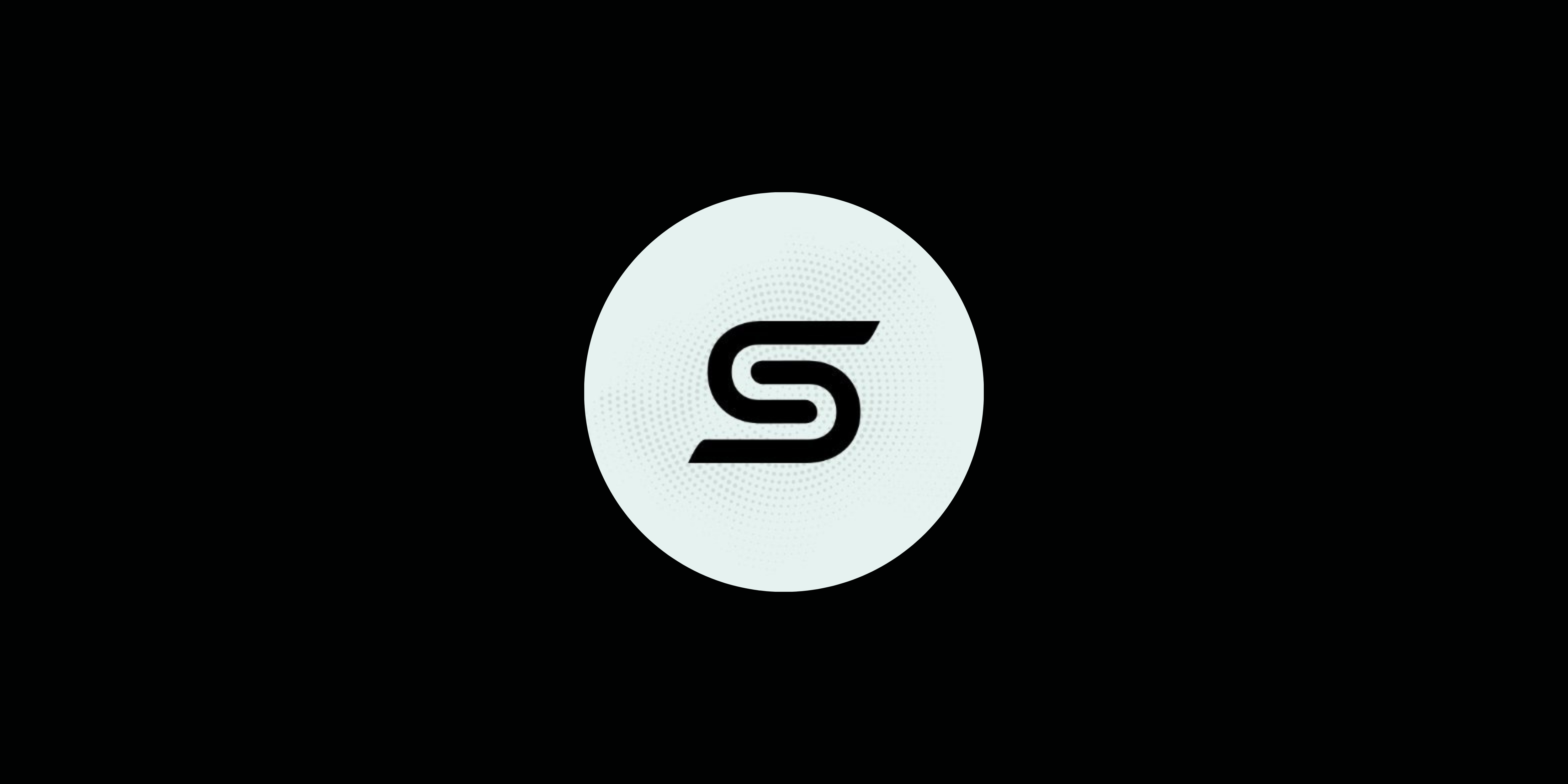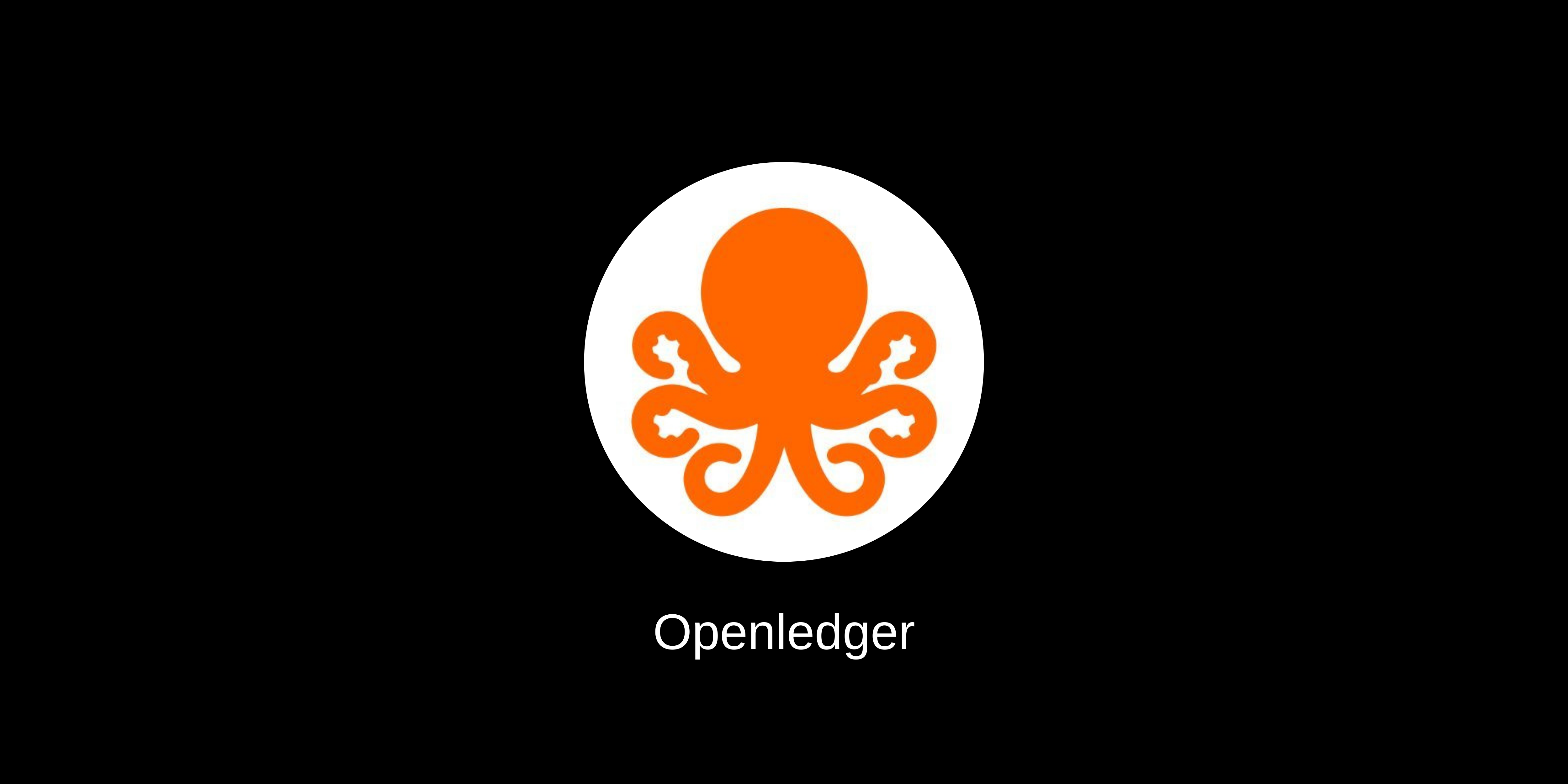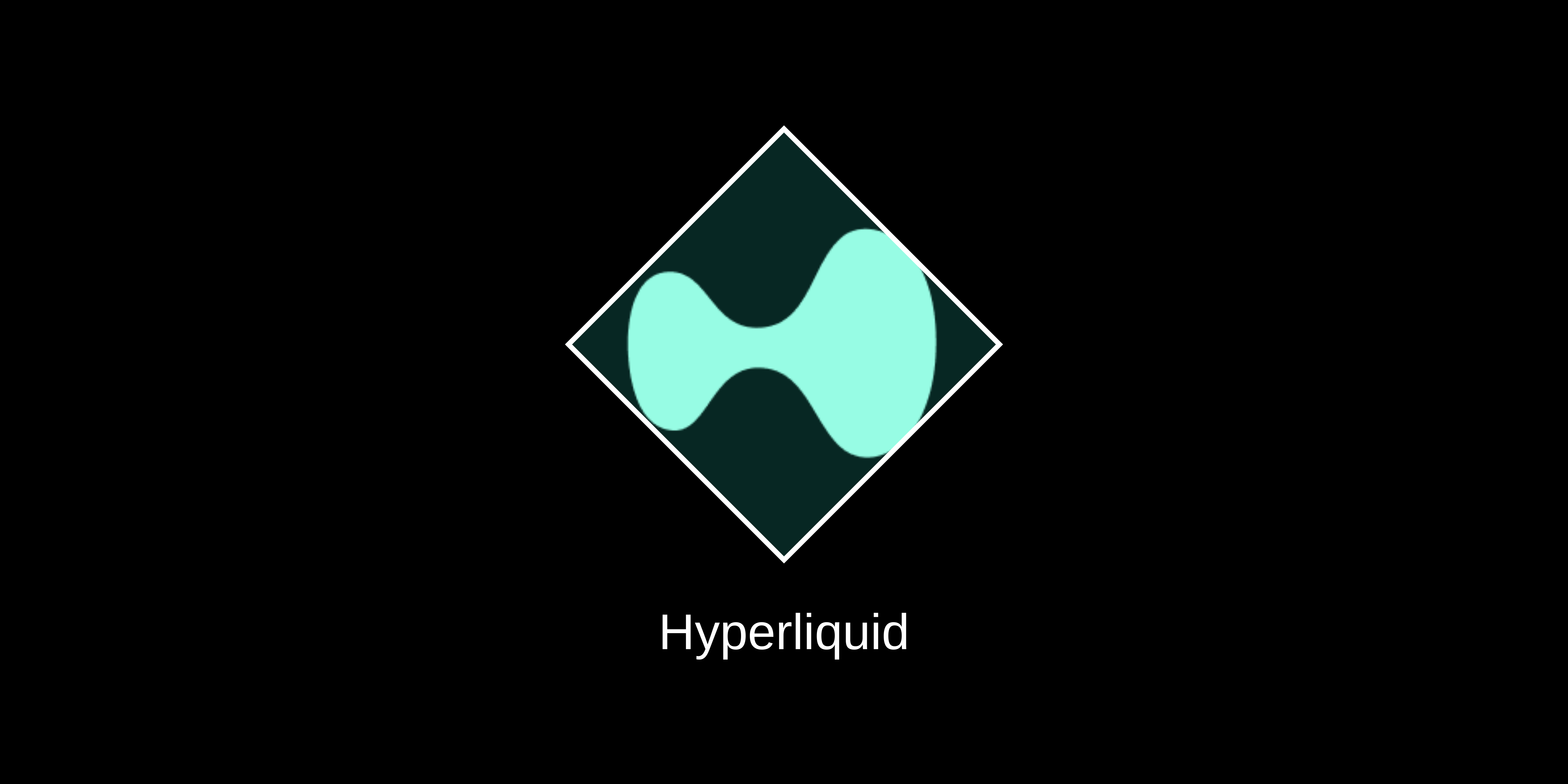Introduction
Switchboard is an innovative Oracle solution designed to cater to the dynamic data needs of blockchain applications. It emphasizes high-security, low-latency data feeds optimized for cost and performance. Switchboard’s approach allows users to create custom data feeds from on-chain and off-chain sources, converting raw data into secure, actionable insights for smart contracts. Leveraging Trusted Execution Environments (TEEs) like Intel®, SGX, and Switchboard prioritizes data confidentiality and operational integrity.
Innovation
Switchboard differentiates itself with:
- On-Demand Data Aggregation: This feature enables users to customize feeds to fetch real-time data from diverse sources, including decentralized exchanges (DEXs), APIs, and other Oracle networks.
- Confidential Runtime Execution: Utilizes TEEs to ensure secure data processing, preventing premature data exposure to Oracle operators.
- Oracle Pull Model: This model reduces data staleness and costs by allowing data requests only when needed, as opposed to continuous push-based models.
- End-to-End Verifiability: Implements a robust verification system with Guardian and Oracle nodes that authenticate data integrity at every stage.
Architecture
Switchboard on-demand architecture is designed for scalability, security, and efficiency:
- Guardian Nodes: Gatekeepers that verify the authenticity of oracle nodes and initiate TEEs.
- Oracle Queues: Independent networks with customizable security and staking parameters.
- Crank Mechanism: Manages periodic feed updates and incentivizes participants to maintain feed accuracy.
- Composability: Feeds can integrate outputs from other feeds, supporting complex data aggregation needs.
Code Quality
The codebase reflects robust development practices:
- Modular Design: Facilitates easy updates and maintenance.
- Secure Coding Practices: Emphasizes the use of TEEs to minimize vulnerabilities.
- Extensibility: Well-documented APIs and SDKs support seamless integration with decentralized applications (dApps).
- Error Handling: Comprehensive error logging and fallback mechanisms enhance system reliability.
Product Roadmap
Switchboard’s roadmap focuses on continuous improvement and feature expansion:
- Light Client Integration: Aims to improve verifiability without over-reliance on oracles.
- Enhanced Randomness Generation: Plans to refine randomness services for better security and efficiency.
- UI/UX Improvements: Targeted at simplifying feed creation for non-technical users.
- Decentralization Enhancements: Further distribution of network nodes to improve resilience and reduce centralization risks.
Usability
Switchboard is designed with both technical and non-technical users in mind:
- Feed Builder App: Offers a user-friendly interface for creating and managing data feeds.
- Documentation: Comprehensive guides and tutorials support user onboarding.
- Customization: High flexibility in defining data sources, parsing logic, and aggregation methods.
- Potential Complexity: While powerful, the customization process may pose a learning curve for less technical users.
Team
Switchboard’s team comprises experienced developers and blockchain experts:
- Technical Expertise: Strong background in secure computing, decentralized systems, and blockchain protocols.
- Active Community Engagement: Regular updates, community calls, and open-source contributions foster transparency and user trust.
- Governance: Clear protocols for decision-making and community involvement enhance ecosystem resilience.
Conclusion
Switchboard is a robust, secure, versatile Oracle solution that stands out in the blockchain ecosystem. Its innovative use of TEEs, flexible data aggregation model, and a strong emphasis on security make it a compelling choice for dApp developers. While areas like user onboarding and reliance on specific technologies present challenges, the platform’s comprehensive approach to data integrity, customization, and economic security positions it as a leading oracle service provider in the Web3 space.
| Initial Screening | |||
| Keep researching | |||
| Does this project need to use blockchain technology? | Yes | ||
| Can this project be realized? | Yes | ||
| Is there a viable use case for this project? | Yes | ||
| Is the project protected from commonly known attacks? | Yes | ||
| Are there no careless errors in the whitepaper? | Yes | ||
| Project Technology Score | |||
| Description | Scorecard | ||
| Innovation (Out Of 11) | 9 | ||
| How have similar projects performed? | Good | 2 | |
| Are there too many innovations? | Regular | 2 | |
| Percentage of crypto users that will use the project? | 6%-10% | 3 | |
| Is the project unique? | Yes | 2 | |
| Architecture (Out of 12) | 12 | ||
| Overall feeling after reading whitepaper? | Good | 2 | |
| Resistance to possible attacks? | Good | 2 | |
| Complexity of the architecture? | Not too complex | 2 | |
| Time taken to understand the architecture? | Less than 20 min | 2 | |
| Overall feeling about the architecture after deeper research? | Good | 4 | |
| Has the project been hacked? | No | 0 | |
| Code Quality (out of 15) | 12 | ||
| Is the project open source? | Yes | 2 | |
| Does the project use good code like C,C++, Rust, Erlang, Ruby, etc? | Yes | 2 | |
| Could the project use better programming languages? | No | 0 | |
| Github number of lines? | More than 10K | 1 | |
| Github commits per month? | Less than 10 | 0 | |
| What is the quality of the code? | Good | 2 | |
| How well is the code commented? | Outstanding | 2 | |
| Overall quality of the test coverage? | Good | 1 | |
| Overall quality of the maintainability index? | Outstanding | 2 | |
| When Mainnet (out of 5) | 5 | ||
| When does the mainnet come out? | Mainnet | 5 | |
| Usability for Infrastructure Projects (out of 5) | 3 | ||
| Is it easy to use for the end customer? | Medium | 3 | |
| Team (out of 7) | 6 | ||
| Number of active developers? | 5+ | 2 | |
| Developers average Git Background? | Senior | 2 | |
| Developers coding style? | Solid | 2 | |
| Total Score (out of 55) | 47 | ||
| Percentage Score | |||
| Innovation | 16.36% | ||
| Architecture | 21.82% | ||
| Code Quality | 21.82% | ||
| Mainnet | 9.09% | ||
| Usability | 5.45% | ||
| Team | 10.91% | ||
| Total | 85.45% |





